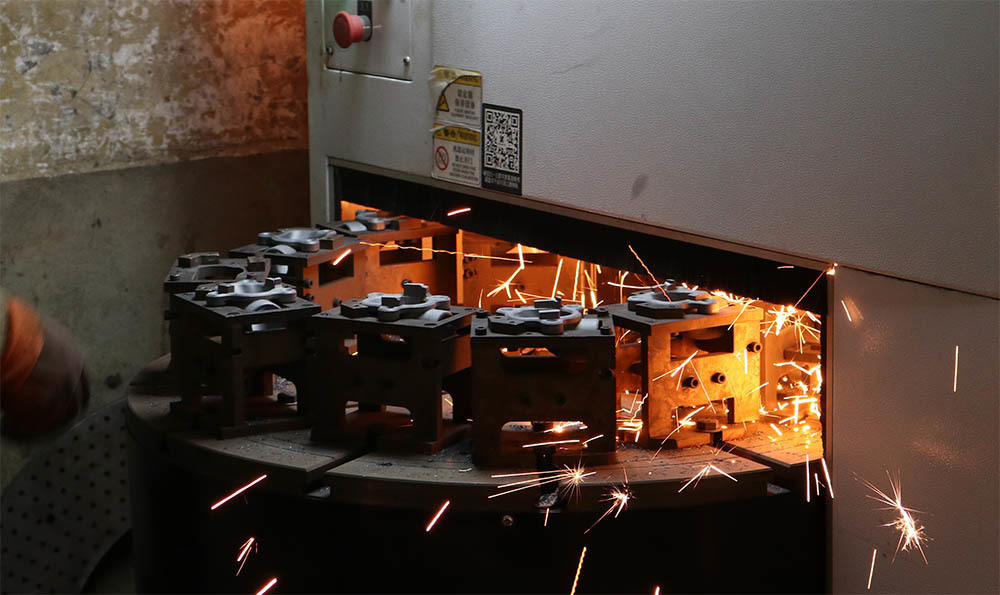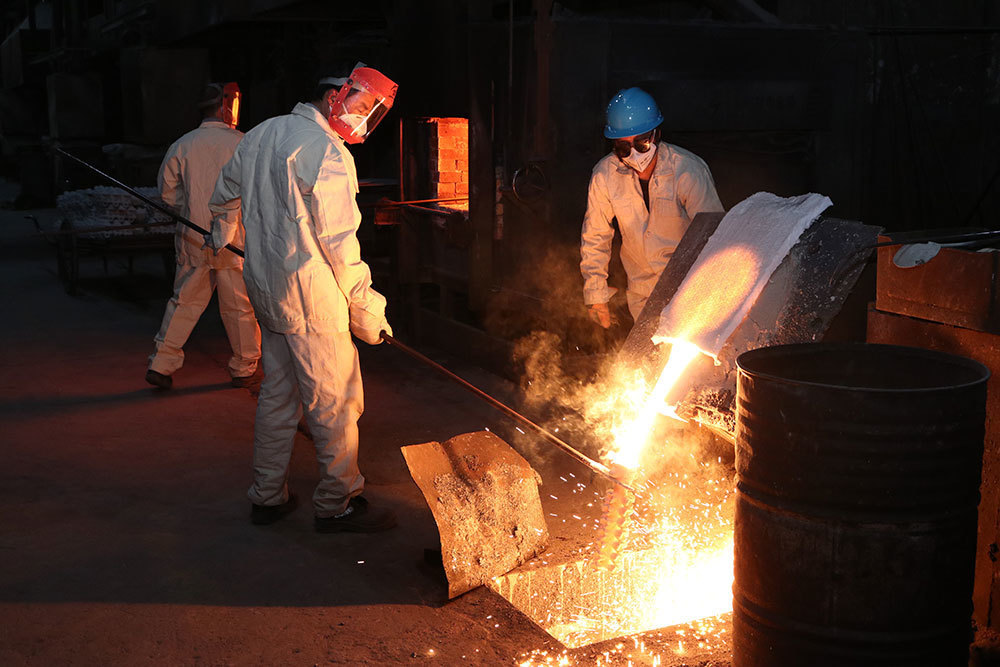2025-11-08
Navigating the World of Steel Investment Casting: Key Considerations
Understanding Steel Investment Casting
Alright, folks! If you're venturing into the realm of steel investment casting, you're in for quite a ride. This sophisticated process, often nicknamed ‘lost-wax casting,' is a go-to for producing precision parts in various industries—from aerospace to automotive. But before you dive headfirst into your next project, let's break down some key considerations.
The Basics: How Does It Work?
Before we get into the nitty-gritty, let's clarify how steel investment casting works. Essentially, a wax pattern is created. This pattern is then coated with a ceramic shell, heated to eliminate the wax, and filled with molten steel. Voila! You've got your part. But it's not all sunshine and rainbows; understanding the intricacies is crucial.
Material Matters
When it comes to steel investment casting, the type of steel you choose can make or break your project. High carbon and stainless steel are popular choices, but it's critical to consider the application. Is your part going to face high temperatures? Corrosive environments? Choose wisely, my friends!
Cost vs. Quality
Let's talk dollars and cents. Sure, you could opt for the cheapest materials and processes, but that might cost you in the long run. High-quality steel investment casting ensures durability and performance. Remember: you get what you pay for!
Design Considerations
Now, here's where the fun begins! Design plays a pivotal role in the casting process. Complex geometries? No problem! But keep in mind that intricate designs may require more time and resources. So, when drafting your designs, ensure they're optimized for the casting process. Simplifying where possible can save time and money.
Tolerances and Specifications
Ah, tolerances—the unsung heroes of manufacturing! Setting proper tolerances is vital in steel investment casting. Too tight, and you risk defects; too loose, and you compromise the functionality. So, it's a fine balancing act. Consult with your foundry to determine the best tolerances for your specific application.
Quality Control: A Non-Negotiable
Here's the deal: quality control is where the rubber meets the road. Regular inspections during the casting process can help catch issues early. It's like having a safety net—keeping your project on track and within budget. Don't skimp on this step; it could save you from costly reworks.
The Right Manufacturer
Finding a reliable manufacturer for your steel investment casting needs is a key step. Look for companies with a solid reputation, proven experience, and positive client testimonials. After all, you want a partner who understands your needs and can deliver quality products consistently.
Communication is Key
Last but certainly not least, maintain open lines of communication with your manufacturer. Discuss your expectations, timelines, and any concerns upfront. This proactive approach can prevent misunderstandings and ensure a smoother process.
Wrapping It Up
So there you have it! Steel investment casting is a fantastic option when done right, but it does require careful planning and execution. Remember to keep your materials, designs, tolerances, quality control, and manufacturer choice in mind. With the right approach, you'll be well on your way to success in your next casting project!
2024-01-20
2024-01-20









